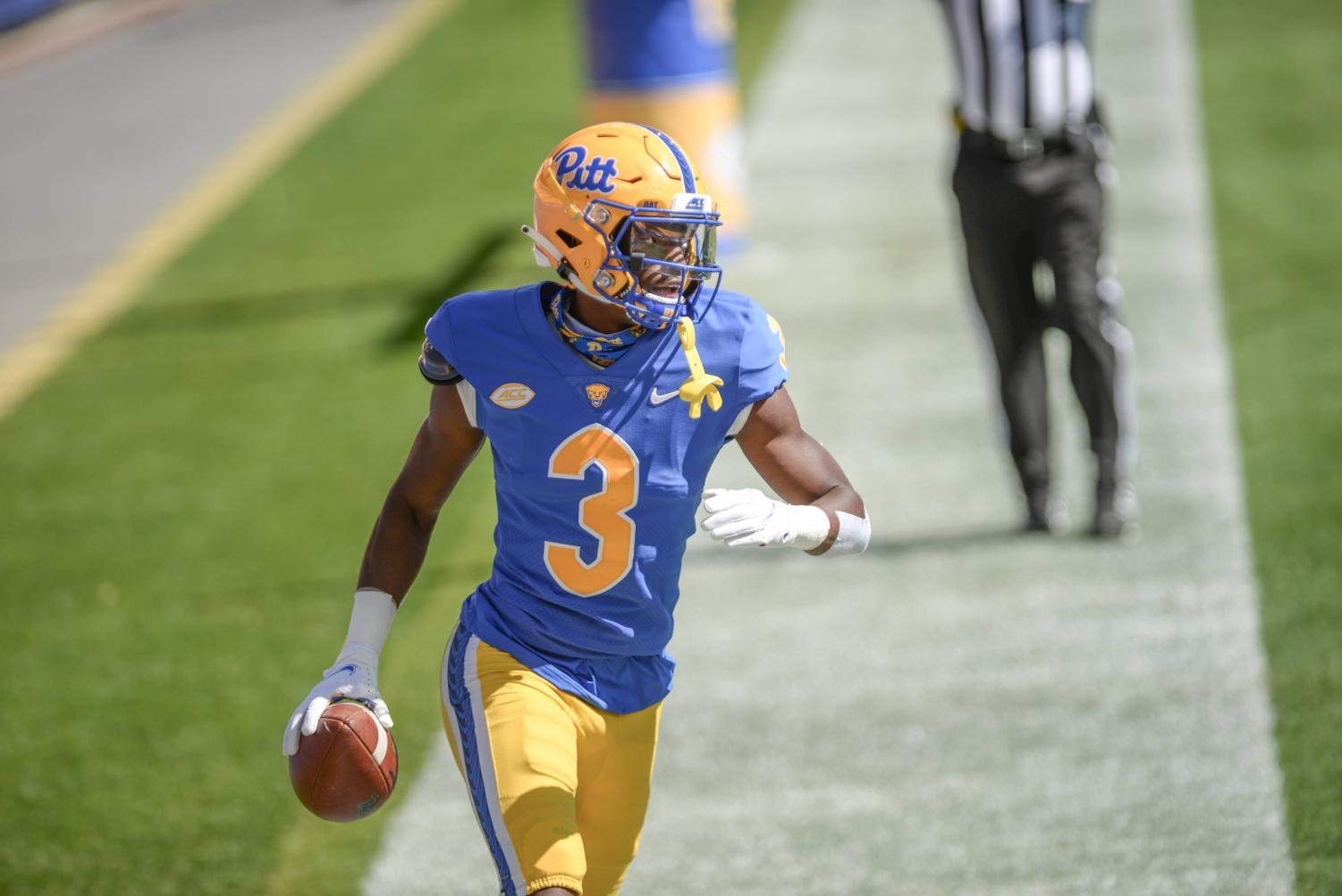Column | NIL has its flaws, but it is still an inherently good system


After less than one year since the NCAA instituted new NIL rules allowing players to capitalize on their name, image and likeness, college athletics finds itself in murky waters.
The trouble began when Alabama football head coach Nick Saban called out Texas A&M and Jackson State for their reported use of NIL opportunities such as endorsements to entice recruits. Pitt even found itself in the midst of a bidding war when former Pitt wide receiver Jordan Addison transferred to USC on a reported $3.5 million deal. With all of the negative publicity surrounding NIL, it’s easy to forget about the group who benefits the most from the new system— the student athletes themselves.
NIL — short for name, image and likeness — allows college athletes to profit off of endorsements from private businesses. This was not always the case for student athletes. The NCAA previously punished any student who signed endorsement deals for money. After a battle in the Supreme Court, student athletes finally won the right to profit off of their likeness in July 2021.
Colleges are not paying the athletes directly. Rather, it allows athletes to sign contracts with businesses, typically for promotional purposes, in exchange for money, goods and other services.
Pitt has already seen the ups and downs of the new landscape of college athletics. Former Pitt quarterback Kenny Pickett greatly benefited from the new rules. Pickett signed numerous NIL deals during his time at Pitt, including an endorsement with the Oaklander Hotel to feed his offensive lineman once a week.
But Pitt fans quickly became familiar with the downsides of NIL when Addison left the program. Reports surfaced in early May that USC offered the Blientokoff trophy winner a $3.5 million NIL deal to come play in Los Angeles. Addison entered the transfer portal days after, sparking a nation-wide bidding war for the top college receiver. After passing on schools such as Kentucky and Texas, Addison officially transferred to USC, breaking Pitt fans’ hearts.
But can anyone really blame Addison? Football, like any contact sport, comes with immense risk. One bad hit or injury can end a player’s career in a second. If the reports are true and Addison really did receive a $3.5 million NIL to transfer to USC, then he will make more than several NFL stars such as Kansas City wide receiver JuJu Smith-Schuster. The media praised Pickett for feeding his linemen once a week. But now they condemn Addison for taking a deal that will feed his family for a lifetime?
It seems that many of the arguments against the NIL system are inherently hypocritical. Saban showed no hesitation lashing out against other school’s use of the new rules. But the Alabama coach praised 25 of his own players for earning a cumulative $3 million in NIL deals.
Opponents of NIL argue that college athletes receive their compensation in the form of scholarship money. But this is simply not the whole truth. Only 57% of division one athletes receive any athletics aid and just one percent of athletes earn a full-ride scholarship. Compare that to the top college programs, who regularly earn over $8.5 billion in annual revenue, and it’s easy to see a massive disparity between revenue and scholarship money.
And the benefits of NIL are not just limited to football stars. NIL allows other varsity athletes, who do not have the same professional opportunities as football, to profit off of their talents. Women’s volleyball emerged as a big winner this year from the new rules. 8.4% of all NIL deals came from women’s volleyball, ranking No. 2 overall behind football.
Women’s athletics as a whole saw massive victories from the new rules. Women’s programs account for five of the top ten most compensated sports. These women’s programs even outperformed their men’s counterparts in several sports, such as in swimming, where women received two percent more in total compensation than men did. Many women’s sports do not have professional leagues, making the ability to profit while in college a huge deal.
College fans may already feel resentment towards this new system — Pitt fans especially. But everyone must remember that this system is a vast improvement from the past. Pre-NIL athletes generated billions of dollars for their respective universities, but saw no monetary benefits for their efforts.
Ultimately NIL achieves its goal of benefiting college athletes. Does the system still have issues? Absolutely. But this is the new era of NCAA sports. An era where the athletes themselves hold all the power and that is ultimately a good thing.
Recent Posts
Pitt speech and debate team heads to nationals
The William Pitt Debating Union, Pitt’s speech and debate team, sends students to both in-person…
Visuals: A Year in Review
The visuals desk had an interesting year. In the midst of the 2024 Presidential Election,…
De-stress events across campus offer students a break from studying
During finals week, departments across campus are offering wellness events to help students manage stress…
Pitt students share their summer plans
After a long and strenuous academic year, many students are excited to take a break.…
Column | Collaboration and connection make us better — yes, even in journalism
Today is the last day I will ever do this, and despite the amount of…
Column | Things done and left undone
The saddest part of it all is not the fact that I will have to…

